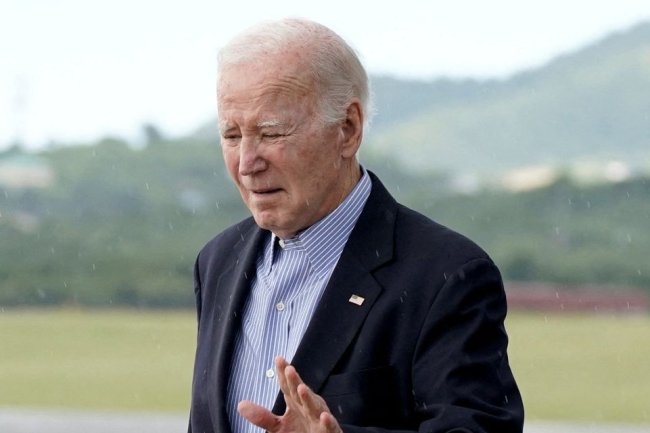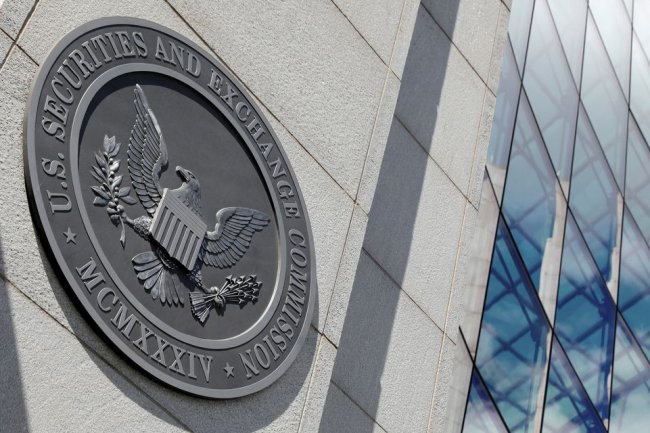Biden’s Success in North Asia . . .
The President’s diplomacy with Japan and South Korea needs more hard power and freer trade. By The Editorial Board Aug. 20, 2023 2:52 pm ET President Joe Biden, Japanese Prime Minister Fumio Kishida and South Korean President Yoon Suk-yeol at Camp David in Frederick County, Md., Aug. 18. Photo: Adam Schultz/White House/Zuma Press The White House is touting President Biden’s trilateral summit on Friday with the leaders of South Korea and Japan, and for once the spin is right. The meeting was a diplomatic success in symbolism and substance that may strengthen deterrence in East Asia against North Korea and Communist China.


President Joe Biden, Japanese Prime Minister Fumio Kishida and South Korean President Yoon Suk-yeol at Camp David in Frederick County, Md., Aug. 18.
Photo: Adam Schultz/White House/Zuma Press
The White House is touting President Biden’s trilateral summit on Friday with the leaders of South Korea and Japan, and for once the spin is right. The meeting was a diplomatic success in symbolism and substance that may strengthen deterrence in East Asia against North Korea and Communist China.
The symbolism includes the U.S. joining with two Northeast Asian allies who share a fraught 20th-century history that echoes today. Progressive identity politics lumps Asian-Americans into a single demographic group. But anyone who has spent time in Seoul knows that Koreans haven’t forgotten their 35-year subjugation by imperial Japan. Leaders in both countries have tried to put aside this enmity, but the domestic politics can be difficult.
China’s imperial intentions in Asia are responsible for pushing South Korea and Japan closer under the umbrella of U.S. military assistance. Beijing has designs on the Senkaku islands off Japan’s coast and on Taiwan near Japan’s southern most islands. China also empowers its client state in North Korea despite its military and nuclear threats against the South, Japan and the U.S.
The trilateral substance expands economic and military cooperation. This includes missile-defense enhancements and annual military exercises that will improve defensive readiness. What the parties are calling a new “early warning system” could protect against Chinese mercantilism that uses natural resources or supply-chain dominance as a weapon. There are other useful details, and an annual trilateral summit will help to formalize the cooperation and provide a framework for the future.
Some critics say the agreement should have included a NATO-style Article 5 vow of military help if one of the parties is attacked. But the U.S. has forward-deployed forces in Japan and South Korea, and no one thinks those troops will sit in their barracks if one country is attacked. As for extending NATO to Asia, the trans-Atlantic alliance has enough to handle in defending free Europe from Russia and its allies. One step at a time.
The Biden Administration has done well, at least diplomatically, in fortifying U.S. alliances in the Indo-Pacific. The Administration has built on the Trump Administration’s progress with the Quadrilateral Security Dialogue to improve cooperation with India, Australia and Japan. It has also struck a deal with the Philippines for four new bases on the archipelago, including on Luzon near Taiwan.
The Aukus nuclear submarine deal with Australia and the U.K. is a defense against Chinese aggression in the South Pacific. And after being caught flat-footed by Chinese military machinations in the Solomon Islands, the Administration has energetically expanded ties with other countries in the so-called second island chain and Papua New Guinea.
The weaknesses in the Biden strategy, and they’re considerable, involve military power and economic engagement. President Biden has refused to support the military buildup necessary to make its Asia-Pacific strategy more credible.
The U.S. needs more attack submarines for its own forces and Aukus. Only an average of some 31 of America’s current 49 attack subs are operationally ready, and the Navy says it needs 66 hulls. The U.S. isn’t close to having enough long-range missiles to stop a Chinese invasion of Taiwan, even as the People’s Liberation Army practices naval landings and deploys military patrols around the island.
The White House has also failed to expand trade ties with the Pacific. This would make countries in the region less dependent on China and help to diversity U.S. supply chains. But Mr. Biden’s political team fears the domestic politics of trade, which means in practice that his Administration has been nearly as protectionist as Donald Trump’s.
Summits and trilateral diplomacy are important. But in a region where China is seeking military and economic dominance, there is no substitute for the influence that comes with hard U.S. military power and free trade.
Review and Outlook: A joint naval patrol near the Aleutian islands is a warning and a test for the U.S. Images: Zuma Press/Alaska Volcano Observatory/Associated Press Composite: Mark Kelly The Wall Street Journal Interactive Edition
What's Your Reaction?

















